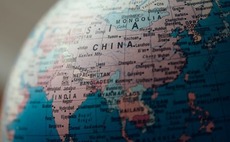
Fund focus: Safe hands
With $9.3 billion in dry powder, KKR aims to capitalize on growing big-ticket opportunities in the region. The large and rapid fundraise is further evidence of the flight to quality among LPs
Speaking to AVCJ in the summer of 2012, Joe Bae (pictured left), head of Asia at KKR, cited Japan as an example of the need to play the long game and wait for cycles to turn. Over the previous s...
Latest News
Asian GPs slow implementation of ESG policies - survey
Asia-based private equity firms are assigning more dedicated resources to environment, social, and governance (ESG) programmes, but policy changes have slowed in the past 12 months, in part due to concerns raised internally and by LPs, according to a...
Singapore fintech start-up LXA gets $10m seed round
New Enterprise Associates (NEA) has led a USD 10m seed round for Singapore’s LXA, a financial technology start-up launched by a former Asia senior executive at The Blackstone Group.
India's InCred announces $60m round, claims unicorn status
Indian non-bank lender InCred Financial Services said it has received INR 5bn (USD 60m) at a valuation of at least USD 1bn from unnamed investors including “a global private equity fund.”
Insight leads $50m round for Australia's Roller
Insight Partners has led a USD 50m round for Australia’s Roller, a venue management software provider specializing in family fun parks.





